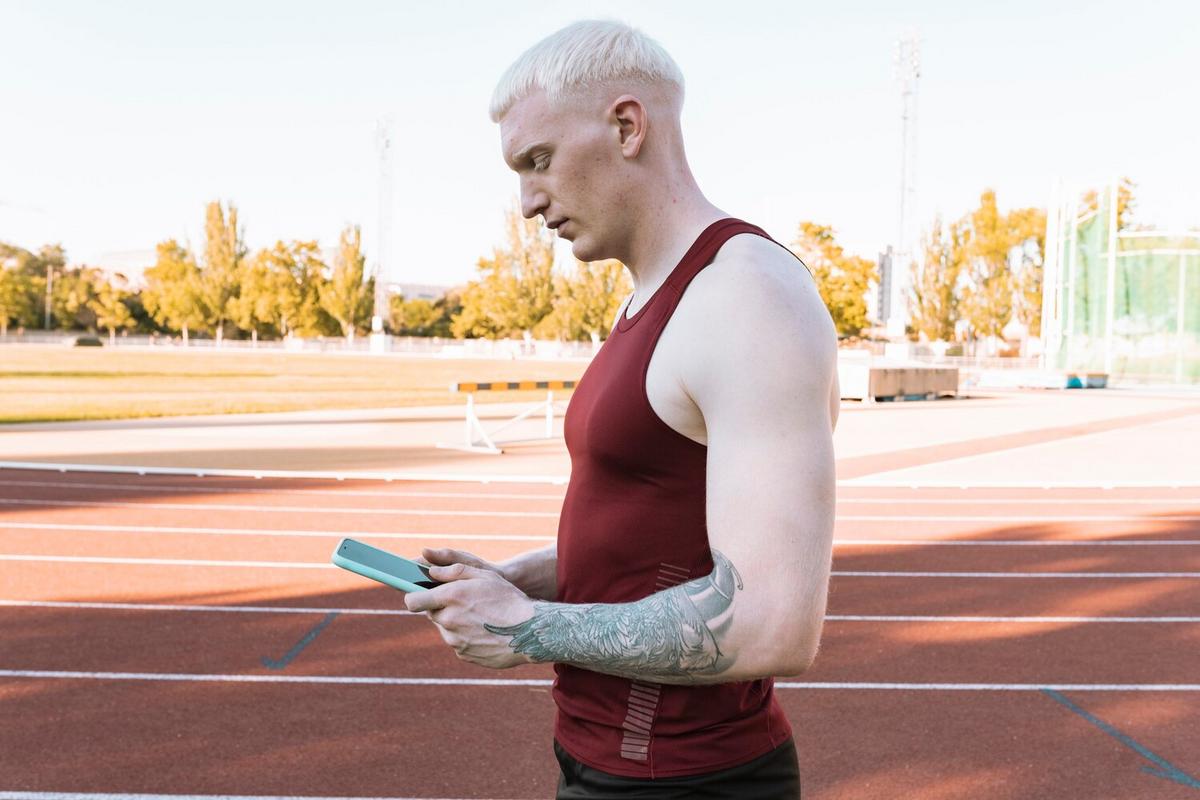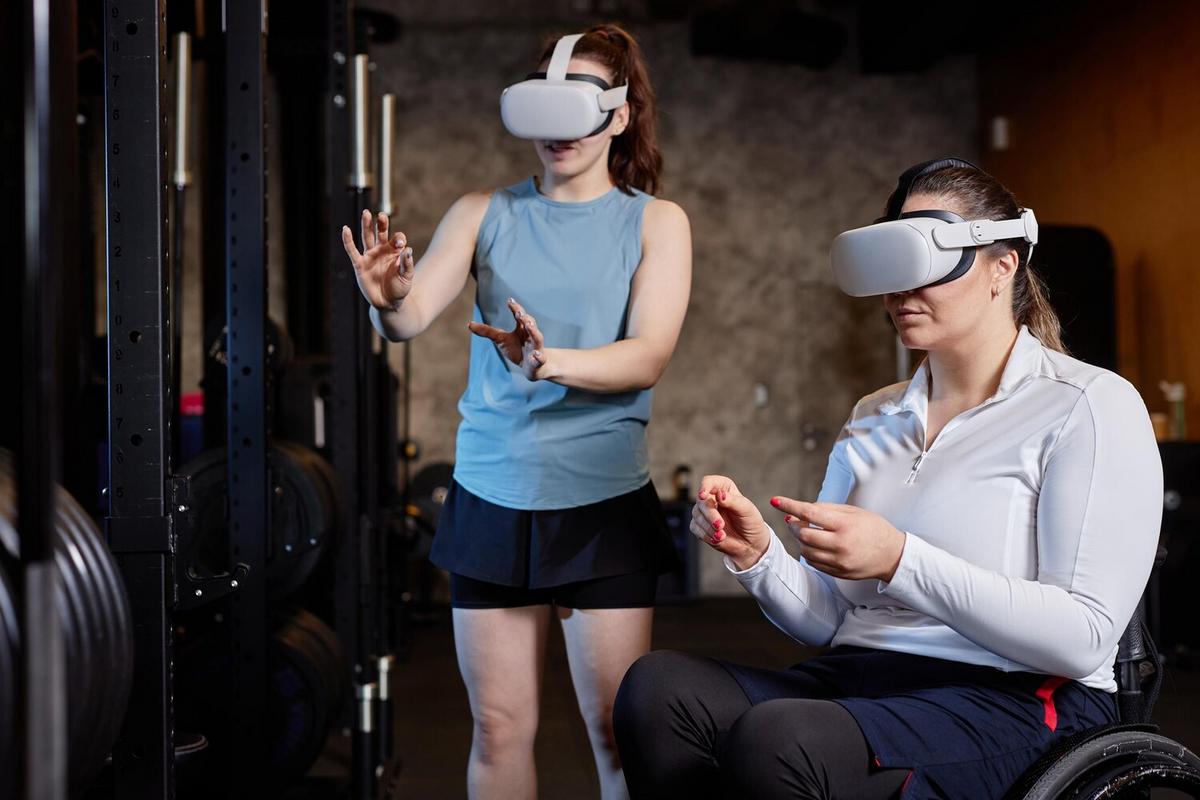
Biometric Sensors: Tracking Player Performance and Health
Imagine athletes pushing their limits, not just relying on their instinct and training, but also harnessing cutting-edge technology to optimize performance and health. Welcome to the world of biometric sensors in sports.
In the realm of sports technology, biometric sensors are transforming how athletes train and compete. By tracking metrics such as heart rate, oxygen levels, and muscle activity, these devices provide a data-driven approach to enhancing athletic performance. According to a report by Allied Market Research, the sports technology market is projected to reach $31.1 billion by 2024, with biometric sensors being a significant contributor.
Understanding Biometric Sensors
Biometric sensors are devices that detect and measure physical characteristics for monitoring health and performance. They can be worn on the body or embedded in equipment. For example, heart rate monitors worn as chest straps or wristbands provide real-time feedback, allowing athletes to adjust their effort and avoid overtraining.
Expert Opinions
Dr. Daniel Kraft, a physician-scientist, highlights the value of these technologies: “Biometric sensors offer actionable insights that help athletes tailor their training regimens to their unique physiological responses.” This personalized approach has been embraced across various sports disciplines.
Statistics and Research
Research conducted by the American College of Sports Medicine indicates that athletes using biometric sensors experience a 15% improvement in performance metrics compared to those who rely solely on traditional training methods. This statistic underscores the potential of biometric data to revolutionize sports training.
Real-World Applications
The application of biometric sensors is not limited to elite athletes. Weekend warriors and amateur sports enthusiasts can benefit from this technology. For instance, a local running club incorporated biometric sensors into their training, resulting in members reducing their race times by an average of 10% over a six-month period.
Actionable Tips
- Start by selecting a biometric sensor that aligns with your specific sport and training goals.
- Use the data to identify patterns in your performance, adjusting your training as necessary.
- Stay consistent in tracking to observe improvements over time.
Comparison Table: Types of Biometric Sensors
| Sensor Type | Metric Measured | Common Use | Example Sport |
|---|---|---|---|
| Heart Rate Monitor | Heart Rate | Effort Tracking | Running |
| GPS Tracker | Location | Distance Measurement | Cycling |
| Accelerometer | Motion | Activity Level | Basketball |
| Oximeter | Oxygen Levels | Oxygen Saturation | Mountaineering |
| EMG Sensor | Muscle Activity | Muscle Performance | Strength Training |
| Thermometer | Body Temperature | Heat Stress Monitoring | Football |
| Goniometer | Joint Angles | Range of Motion | Physical Therapy |
| Hydration Monitor | Fluid Levels | Hydration Status | Soccer |
FAQs
How accurate are biometric sensors?
Biometric sensors are generally accurate, but their precision can vary based on the device and its calibration. Regular updates and calibrations are recommended.
Can biometric sensors replace a coach?
While they provide valuable data, they are a tool to complement, not replace, the expertise and strategy of a human coach.
Conclusion
Biometric sensors are reshaping the landscape of sports by offering a sophisticated means to track and enhance athletic performance and health. As athletes and coaches continue to embrace this technology, the potential for improved outcomes is significant. By integrating biometric data into your training routine, you can gain a deeper understanding of your body’s responses and optimize your performance.


